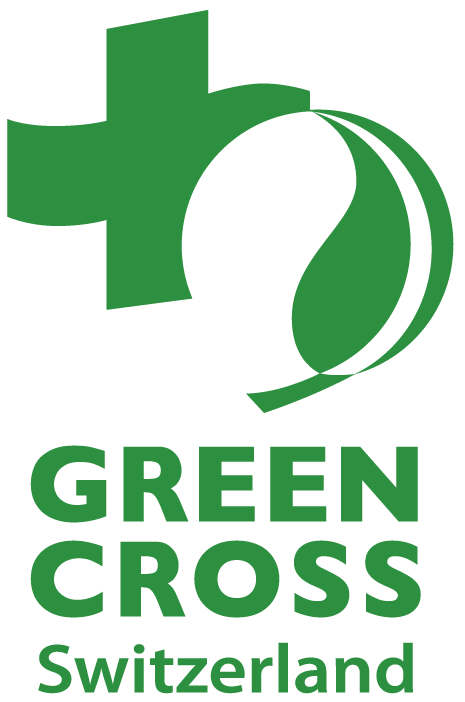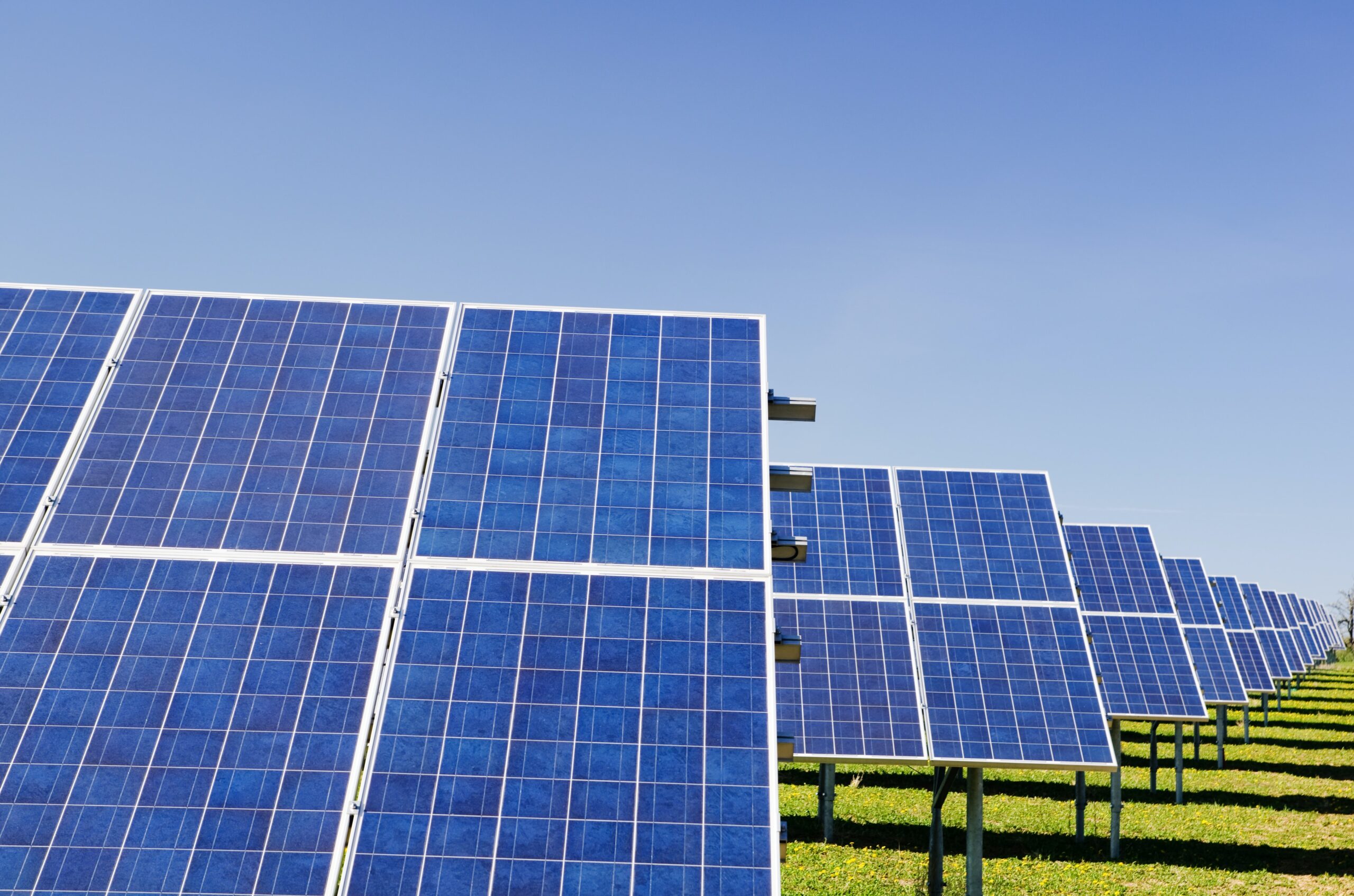Solar energy in Ukraine
Solar energy is not a new topic in Ukraine, but has become increasingly important in the country in recent years. This is according to a joint status report published in 2021 by the United Nations Economic Commission for Europe (UNECE) and the Renewable Energy Policy Network for the 21st Century (REN21). The study examined renewable energy in 17 countries in Eastern Europe, the Caucasus, Central Asia and Southeast Europe between 2017 and 2021. It is noted that the capacity of renewable energy in the region has increased significantly (by 21 gigawatts = 1 billion watts, to 106 GW), with photovoltaics accounting for the largest increase at 58%. The authors note that renewable energy has seen particularly strong growth in Ukraine.
Ukraine on the right track, but there is still room for expansion
Of the 17 countries (including Ukraine, Russia and Kazakhstan), the increase in wind and solar energy was highest in Ukraine with more than 8 GW. With the equivalent of 3.4 billion US dollars, the country ranked 17th worldwide in terms of investment in renewable energy. Solar energy is being promoted domestically on open spaces and also in private households. However, public and private investment in the region is rather modest. While investments in green energy in the EU, for example, amounted to more than USD 55 billion in 2018, the funds invested in renewable energy in the region under review amounted to around USD 7.2 billion in the same year. According to the UNECE, Ukraine is also still heavily dependent on fossil fuels, which accounted for 70% of the primary energy supply in 2020.
Russian invasion of Ukraine and damage to infrastructure
The invasion of Ukraine by the Russian army also severely restricted the production of renewable energy. According to the report, 90% of the previous wind energy capacity and 30% of the solar capacity was no longer in operation in June 2022.
The targeted destruction of infrastructure therefore not only affected the Ukrainian energy sector, but also health and educational facilities in particular. By October 2023, more than 4,000 educational institutions and healthcare facilities had been damaged and more than 150,000 residential buildings destroyed. It is therefore obvious that the power supply is also at great risk.
Restoring the power supply through photovoltaics is therefore also an opportunity for the country. However, the war does not currently permit any further development of the solar industry in Ukraine, which must focus primarily on survival. Support for Ukraine in maintaining solar energy is already being driven forward. For example, the German Solar Industry Association (BSW) has supported a photovoltaic system on the roof of a school in Irpin under the “Solar helps” fundraising campaign. In addition, the BSW, together with SolarPower Europe and the Ukrainian Solar Energy Association (ASEU), has set itself the goal of using solar energy to counteract the recurring power cuts in schools and hospitals caused by the war with further fundraising campaigns.
Potential scenario for renewable energy supply by 2050
The UNECE estimates the potential of bioenergy, hydropower, solar and wind energy in Ukraine to be particularly high and these could be the building blocks of Ukraine’s energy system in the future, contributing around 80% of total energy production by 2050. The challenge of implementing major investments and strategies in a targeted manner remains, especially after the war has ended. However, it is clear that, together with nuclear energy, renewable energies can lead Ukraine to a carbon-neutral future.
Green Cross Switzerland’s commitment to renewable energies
A sustainable approach to our planet based on scientific knowledge has been important to Green Cross Switzerland since its foundation and has become even more important in recent years. That is why we are planning to specifically promote and support renewable energy supply in Ukraine next year, 2024. The aim is to support the population with renewable energy in areas directly affected by the war and the region close to the Chernobyl nuclear disaster.
Further information can be found here:

